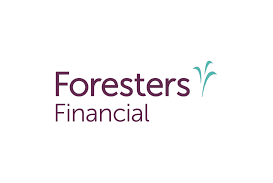Life Insurance Buyer's Guide
Become a member is mean you purchase a life insurance from Foresters.
A good life insurance agent will be able and willing to help you with each of these shopping steps.
Your first step is to decide how much you need, how much you can afford to pay and the kind of policy you want. The kind of life insurance you purchase is dependent on the need you are trying to satisfy.
Make sure with your life insurance agent.
contact@theinsuranceplan.online
